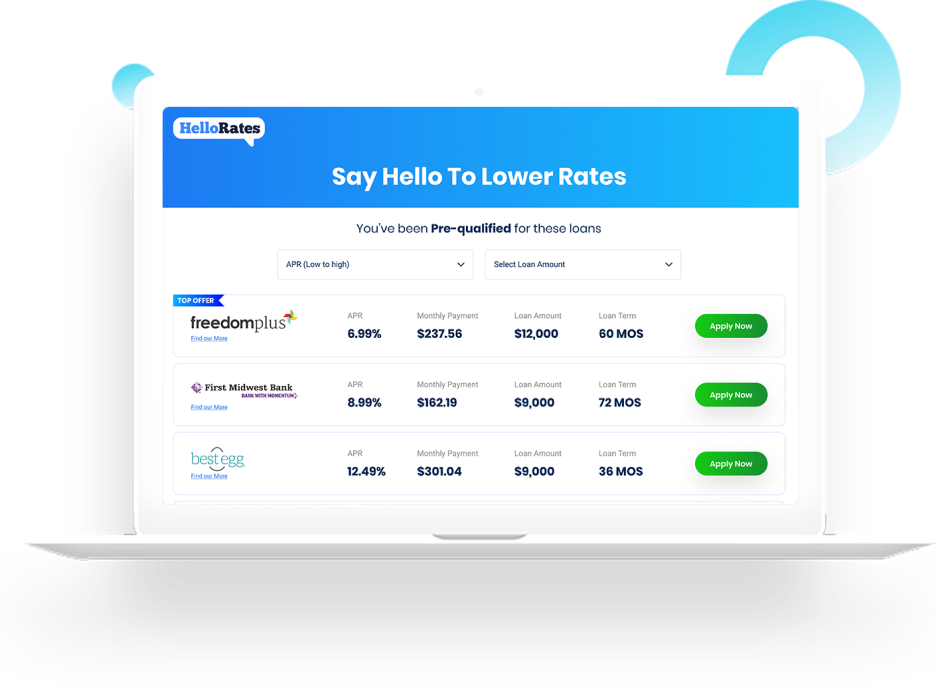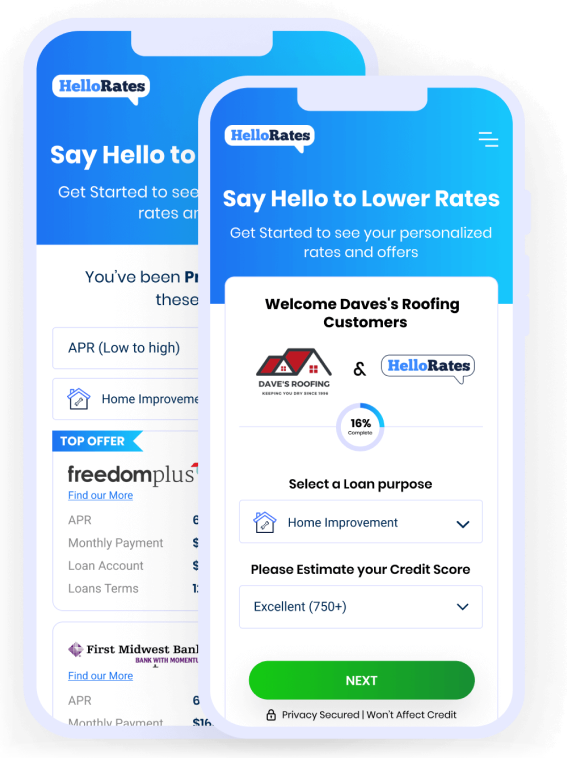In today’s world, healthcare costs continue to rise, leaving many individuals burdened with hefty medical bills. While insurance coverage plays a crucial role in managing these expenses, there are instances where certain treatments or procedures may not be covered. This is where Not Covered by Insurance Financing steps in, offering a lifeline to those seeking financial assistance for their medical needs. Personal loans, in particular, have emerged as a popular choice for individuals looking to bridge the gap between their medical expenses and insurance coverage. In this article, we will explore the advantages of utilizing personal loans for Not Covered by Insurance Financing.
One of the primary advantages of personal loans for Not Covered by Insurance Financing is the flexibility they offer. Unlike specific medical loans that restrict funds solely for healthcare purposes, personal loans can be used for a variety of needs, including medical expenses. This flexibility allows individuals to address their medical needs while also having the freedom to allocate funds for other pressing financial obligations. Whether it’s covering the cost of a surgery, purchasing medical equipment, or even paying for alternative treatments, personal loans provide the necessary financial flexibility to navigate the complexities of healthcare expenses.
Moreover, personal loans for Not Covered by Insurance Financing often come with competitive interest rates. Traditional medical loans or credit cards designed for healthcare expenses may carry higher interest rates due to the specialized nature of the loan. However, personal loans, especially those with good credit scores, can offer lower interest rates, resulting in significant savings over time. By securing a personal loan with favorable interest rates, individuals can effectively manage their medical expenses without falling into the trap of exorbitant interest charges.
Another advantage of utilizing personal loans for Not Covered by Insurance Financing is the accessibility they provide. Unlike some specialized medical loans that require extensive documentation or stringent eligibility criteria, personal loans are generally more accessible to a wider range of individuals. This accessibility is particularly beneficial for those who may not have comprehensive insurance coverage or face limitations due to pre-existing conditions. Personal loans offer a viable solution for individuals seeking financial assistance for medical expenses that fall outside the scope of their insurance coverage.
Furthermore, personal loans for Not Covered by Insurance Financing often come with flexible repayment terms. Borrowers have the option to choose repayment periods that align with their financial capabilities, allowing them to manage their medical expenses without undue stress. This flexibility in repayment terms ensures that individuals can comfortably meet their financial obligations while focusing on their health and recovery. Additionally, some personal loan providers offer the option of early repayment without any penalties, enabling borrowers to save on interest costs and potentially pay off their medical debt sooner.
In conclusion, personal loans have emerged as a valuable tool for individuals seeking Not Covered by Insurance Financing. The flexibility, competitive interest rates, accessibility, and flexible repayment terms make personal loans an attractive option for managing medical expenses that are not covered by insurance. By utilizing personal loans, individuals can bridge the financial gap and access the necessary healthcare treatments or procedures without compromising their overall financial well-being. When faced with medical expenses that insurance does not cover, personal loans provide a lifeline, ensuring that individuals can prioritize their health and well-being without the burden of overwhelming medical debt.




